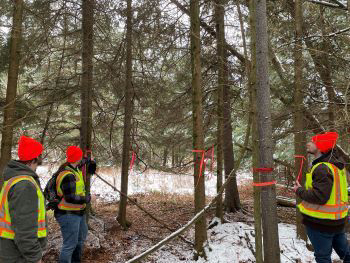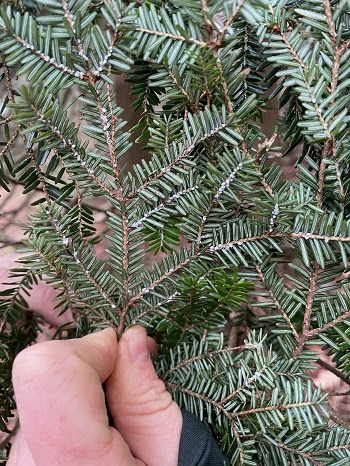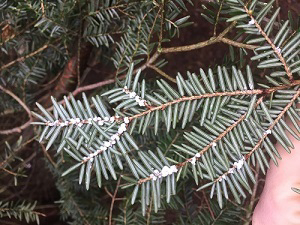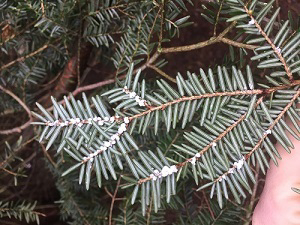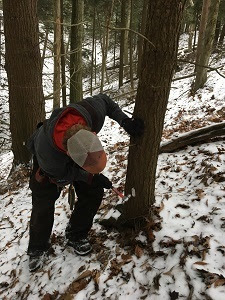Michigan: invasive balsam woolly adelgid confirmed in Missaukee County
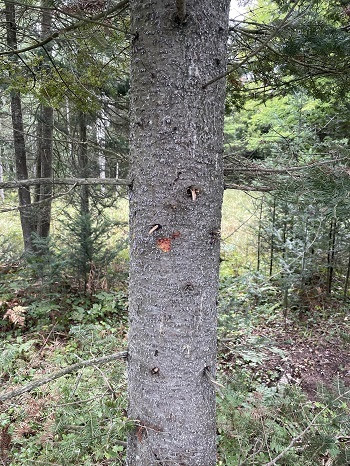
Second detection of this pest in Michigan
Lansing, MI – The Michigan Department of Agriculture and Rural Development (MDARD) verified the detection of invasive balsam woolly adelgid (BWA) at a residential property in Missaukee County. The U.S. Department of Agriculture confirmed a sample taken from the site as positive for balsam woolly adelgid, making Missaukee the second county in Michigan to have a confirmed infestation.
“The infestation was found by a consulting forester who was working with the landowner. We don’t known how balsam woolly adelgid was introduced to this site, but early detection is a fundamental component of successful response efforts,” said Mike Philip, Director of MDARD’s Pesticide and Plant Pest Management Division. “MDARD and its partner agencies have begun survey work to determine the extent of the infestation.”
This is the second detection of balsam woolly adelgid in Michigan. The pest was found near Rockford in Kent County in 2021. The site was treated, and survey efforts are ongoing to ensure successful eradication.
Balsam woolly adelgid is a tiny, sap-feeding insect that attacks true fir trees, including balsam, Fraser and concolor (white) fir. The pest is on Michigan’s Invasive Species Watch List because repeated attacks from the pest weaken trees, cause twig gouting, kill branches and, over the course of many years, cause trees to decline or die.
Symptoms of balsam woolly adelgid infestation include:
- Tiny one-to-two-millimeter white woolly tufts on the lower trunk of the tree and possibly on large branches in the spring and summer.
- Swelling and distortion of the twigs, commonly called “gout.”
- Flagging – A branch or branches that turn brick-red and die.
- Tree crowns that become narrow and misshapen with few needles.
Although not native to Michigan, Fraser and concolor fir trees are often planted on home landscapes. Balsam fir is native to the Upper Peninsula and Northern Lower Peninsula but also found throughout the state in residential and park settings.
“This invasive insect is a significant threat to the nearly 1.9 billion balsam fir trees populating Michigan’s forests,” said Philip. “And, as the third largest Christmas tree-growing state in the country, Michigan produces nearly 13.5 million fir trees each year, which are susceptible to balsam woolly adelgid.”
In 2014, MDARD implemented a balsam woolly adelgid quarantine regulating the movement of potentially infested nursery stock into Michigan from areas in North America with known infestations.
“MDARD relies on the public to help be our extra eyes in the landscape for invasive species; early detection and response are crucial to our efforts to protect the state’s natural resources,” added Philip. “Michiganders can also help prevent the spread of invasive species by leaving firewood at home and buying it where you burn it, cleaning gear and vehicles before hitting the road, and reporting suspected invasive species.”
If Michiganders suspect this invasive pest is damaging fir trees, they should take photos, note the location, and report it to the Midwest Invasive Species Information Network or MDARD at MDAInfo@michigan.gov or call 800-292-3939. For more information on balsam woolly adelgid and other invasive species in Michigan, visit Michigan.gov/Invasives.

